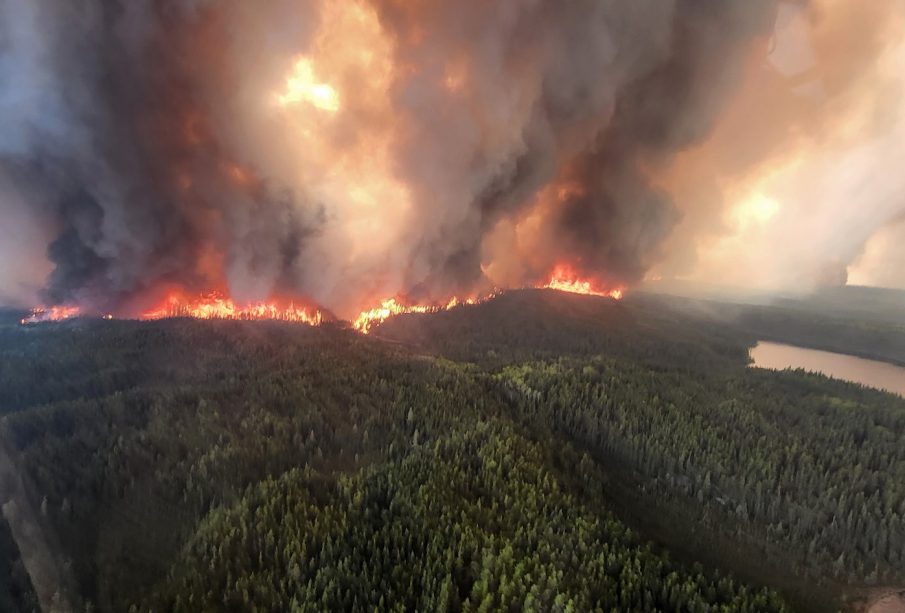Manitoba Fires: Understanding the Current Situation

Introduction
The province of Manitoba is currently grappling with an unprecedented wildfire season that has raised concerns among residents and officials alike. These fires, fueled by a combination of dry weather and increasing temperatures, pose a significant threat not only to the environment but also to the health and safety of communities in the affected areas. As climate change continues to amplify the severity and frequency of wildfires, understanding the current challenges and responses is vital.
Current Fire Situation
As of early October 2023, Manitoba has seen a dramatic surge in wildfire activity. According to the Manitoba Conservation and Climate Department, over 100 active fires were reported across the province, with significant burns documented in the eastern and central regions. The fires have collectively scorched thousands of hectares, prompting local evacuation orders and air quality advisories.
The weather conditions have exacerbated the fire situation, with an extended period of drought preceding the current wildfire activity. According to Environment and Climate Change Canada, certain regions in Manitoba experienced less than 50% of their average precipitation from June to September this year. This dry spell, combined with high winds, has contributed to rapid fire spread, making containment efforts extremely challenging.
Impact on Communities and Environment
The widespread fires in Manitoba have significant implications for local communities. Many residents have been forced to evacuate their homes, and schools have closed in affected areas. Furthermore, local businesses are strained as the tourism season sees a decline and resources are redirected to firefighting efforts. It is estimated that the cost associated with the firefighting operations has surpassed millions of dollars, straining provincial budgets.
The ecological effects are equally alarming, as habitats are destroyed and wildlife is displaced. The long-term impact on the environment remains uncertain, with potential for soil degradation and water contamination from fire-related runoff.
Conclusion
As Manitoba continues to battle these fires, the urgency for effective management and mitigation strategies has never been more pronounced. Residents are urged to stay informed, adhere to evacuation orders, and participate in community fire prevention initiatives. Moreover, experts emphasize the importance of addressing climate change through sustainable practices to reduce future wildfire risks.
Looking forward, it is vital that provincial and federal governments work together to enhance resources dedicated to wildfire management. The ongoing situation in Manitoba serves as a stark reminder of the impacts of climate change and the urgent need for action.








